We all know the hassle of swapping heavy duvets for light blankets as the seasons change. What if one comforter could handle it all?
A true best year-round comforter keeps you warm when nights turn cold yet breathes easy on summer evenings. It cuts down clutter, saves you from hunting for extra blankets, and means fewer linen swaps throughout the year.
Let’s explore what makes a comforter truly versatile and how you can pick the one that fits your needs.
Why a Year-Round Comforter Changes Your Sleep Game
A year-round comforter combines warmth and airflow in a single design. In winter, its medium-weight fill traps heat without feeling bulky. When the temperature climbs, the same fill lets excess heat escape, so you’re never too hot.

Investing in one high-quality comforter means you won’t need separate summer and winter bedding, and you’ll get consistent comfort, whether it’s 40°F or 80°F outside.
What Makes the Best All-Season Comforter?
When shopping for the best all-season down comforter, look at three key factors:
1. Fill material and weight
Fabrics like organic cotton and Merino wool allow air to circulate and help keep your body temperature in check. Synthetic down-alternative fills give you an allergen-free loft. Aim for a medium loft of around 300 GSM to balance warmth and airflow.
2. Cover fabric
A tightly woven, 400-thread-count organic cotton shell keeps the fill in place and blocks dust mites while feeling soft against your skin.
3. Construction details
Baffle-box stitching creates individual chambers so the fill won’t shift or clump. Eight corner loops let you secure your insert inside any duvet cover, preventing annoying bunching.
Bedding That Is Good for All Year Round: Stay Cool & Cozy
When warm nights make you toss and turn, a lightweight comforter is your new best friend. These comforts wrap you in just the right amount of warmth without trapping heat. You’ll notice:

1. Better airflow
A lighter fill around 150 to 200 GSM lets air circulate freely so you stay cool, not sweaty.
2. Effortless layering
Use it solo on summer evenings, then slip it under a heavier cover in spring and fall for seamless temperature control.
3. Fast drying and easy care
Less fill means your comforter dries in half the time. Toss it in the laundry and dryer without worrying about clumps or long wait times.
4. Space-saving storage
Compressible and packable, a lightweight comforter for summer tucks away in a slim linen closet or suitcase with room to spare.
5. Allergy-friendly comfort
With breathable, natural fibers in the fill and cover, you get a soft sleep surface that resists dust mites and stays fresh night after night.
Choosing the Best Year-Round or Cooling Comforter for Hot Nights
When summer temperatures spike, or you tend to run warm, the right comforter can make all the difference. A cooling comforter combines advanced fabrics and smart design so you stay dry, comfortable, and sweat-free.

Moisture-wicking fill
Always go with natural fibers like Merino wool or specialty down alternatives that pull sweat away from your body. This keeps you dry rather than trapped in damp warmth.
Breathable cover fabrics
A high-thread-count organic cotton shell or eucalyptus-based TENCEL™ blend lets air flow freely. Heat escapes instead of collecting under the blanket.
Air-channel quilting
Small baffle-box chambers create pockets of airflow that prevent hot spots. You get even temperature regulation, night after night.
Quick-dry performance
Comforters treated with moisture-management finishes dry faster when you wash them. Less lingering dampness means a fresher sleep surface.
How to Layer the Best All-Season Comforter for Winter
When the cold really sets in, layering is key. Look for a modular system with two lighter inserts that snap together into a thicker duvet.

Use the lighter layer alone in fall, the heavier layer in spring, and both in winter for a toasty 500 GSM comforter. Add a duvet cover to protect your investment, and consider a thermal blanket underneath for extra insulation without sacrificing breathability.
Care Tips for the Best Year-Round Comforter
A long-lasting comforter needs the right care. These steps preserve fill integrity and keep your comforter feeling like new through every season.
● Washing: Machine-wash gently with mild detergent. For wool fills, use cool water and a wool-safe cycle.
● Drying: Tumble-dry low with clean tennis balls or dryer balls to separate clumps and restore loft.
● Storage: When off-season, store in a breathable cotton bag or oversized pillowcase. Avoid vacuum-seal bags that can crush natural fibers.
Adjusting for Changing Seasons:
● Spring and Summer: Swap in your lightweight insert or use a single-layer comforter. Store the off-season layer in its breathable bag so it stays crisp and ready.
● Fall and Winter: Layer a medium-weight or heavy insert over a thinner one or snap together Delara’s 3-in-1 system for extra warmth.
● Local Climate Tips: In mild regions, a 300 GSM all-season comforter may suffice year-round. In colder areas, add a thermal sheet under your duvet cover for an extra barrier against chill.
Recommended Comforters for Year-Round Temperature Control
Delara’s collection of organic cotton comforters, organic wool comforters, and hypoallergenic down-alternative options has everything you need for cozy all-season sleep.

Each of our comforters features eco-friendly materials, expert baffle-box stitching, and corner loops for a flawless fit. Let’s explore all-year comforters and find your perfect match.
Your Comforter Questions, Answered
Q1: What’s the best comforter for all seasons?
A medium-weight fill—around 300 GSM—in down-alternative or Merino wool inside a cotton shell makes the ideal year-round comforter.
Q2: Can a lightweight comforter be used in winter?
Yes. Layer it under a heavier blanket or another insert for extra warmth.
Q3: How do I keep my comforter cool in summer?
Choose a cooling-down comforter with breathable fill like organic cotton air or moisture-wicking wool.
Q4: How do I know if a comforter is truly all-season?
Look for baffle-box stitching, medium loft, and natural fibers with good temperature regulation.
Q5: Which fill is best for sensitive skin?
An organic comforter with a GOTS-certified cotton cover or an organic wool comforter offers hypoallergenic properties without harsh chemicals.
Q6: What are the most recommended comforters for year-round temperature control?
The most recommended comforters for year-round temperature control are lightweight wool, down, and high-quality down alternative comforters. They balance warmth, breathability, and moisture-wicking for every season.
Q7: How to select the best fabric for year-round bedding comfort?
Choose breathable fabrics like cotton, bamboo, or eco-friendly wool. They regulate temperature, wick moisture, and provide soft comfort for every season.

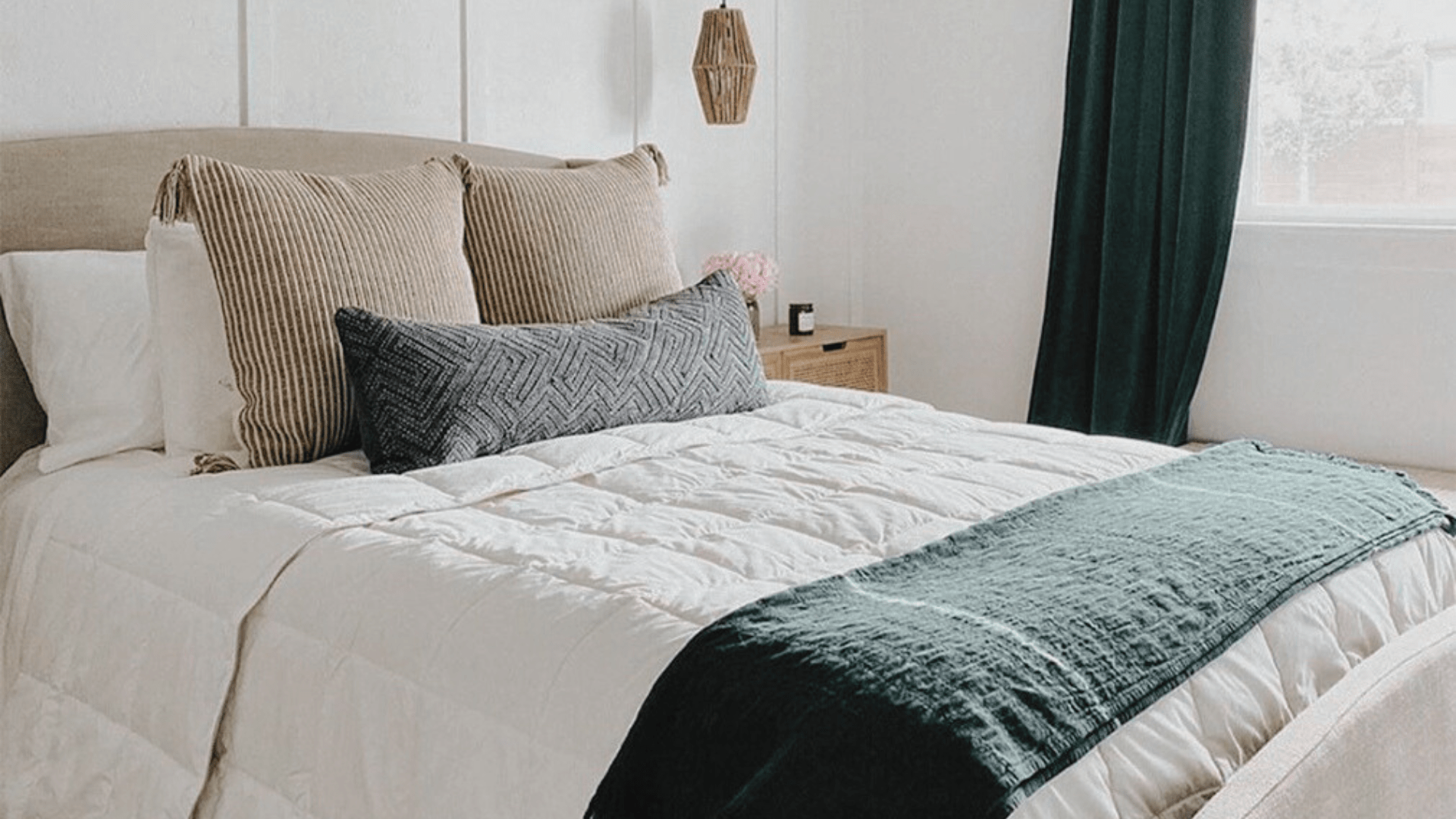

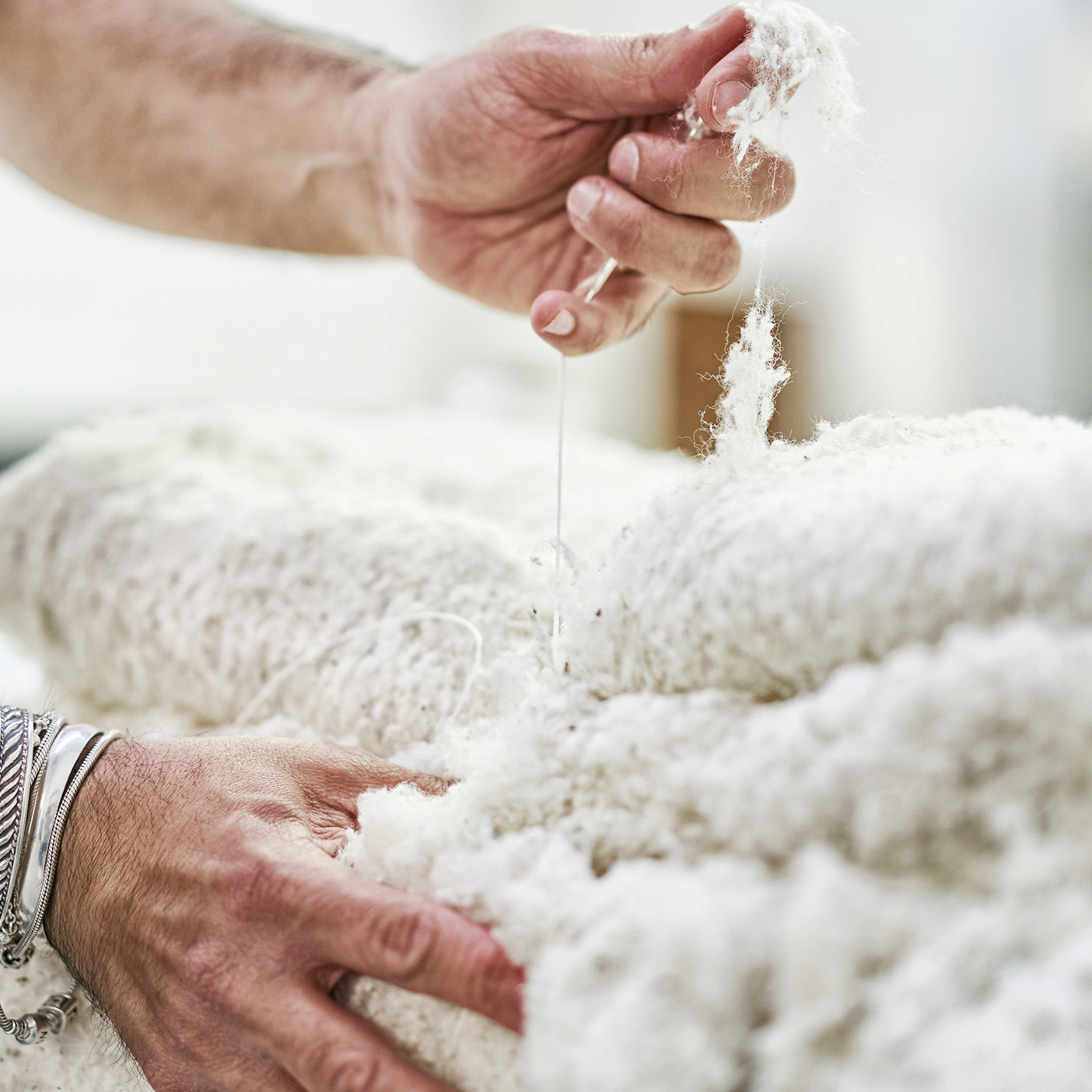
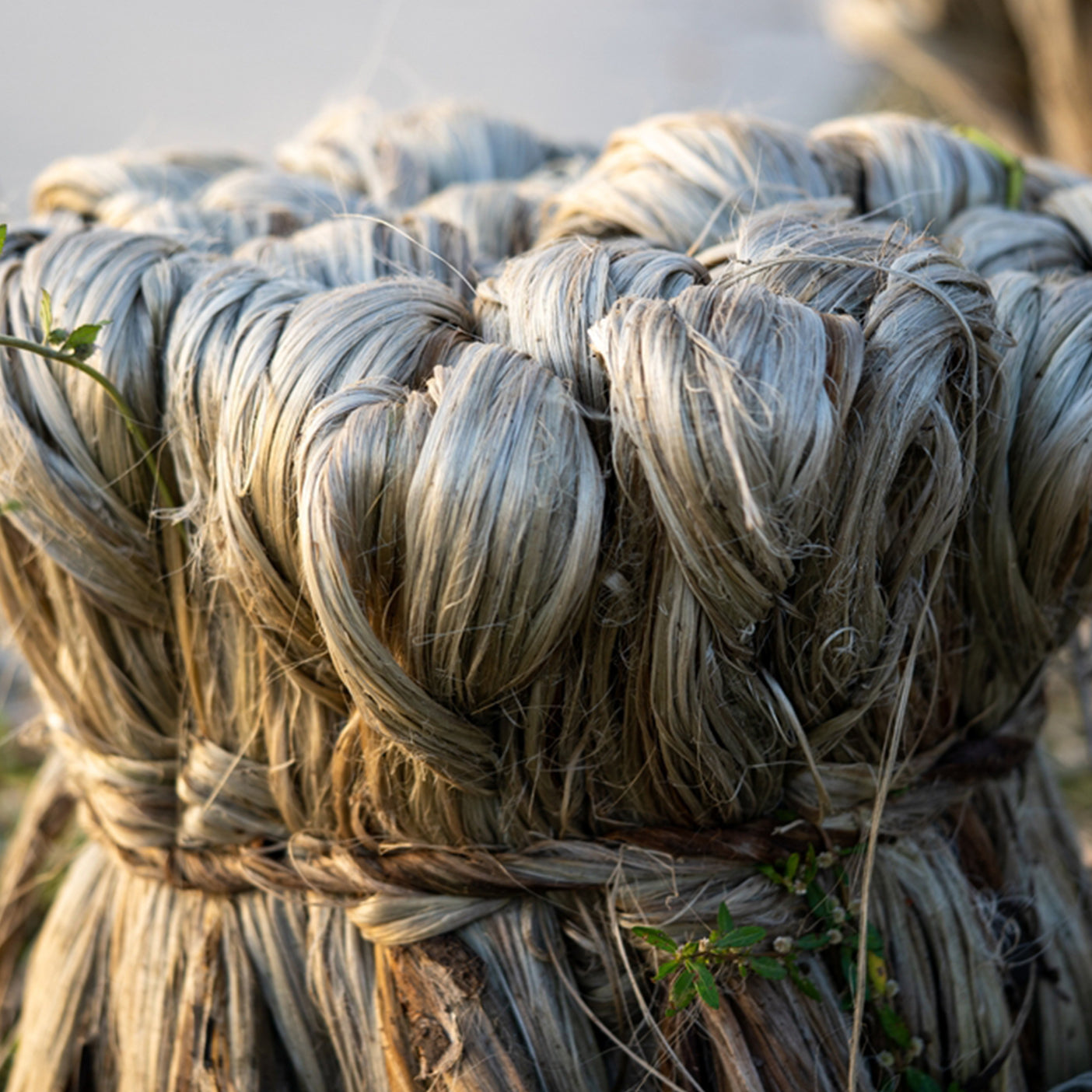
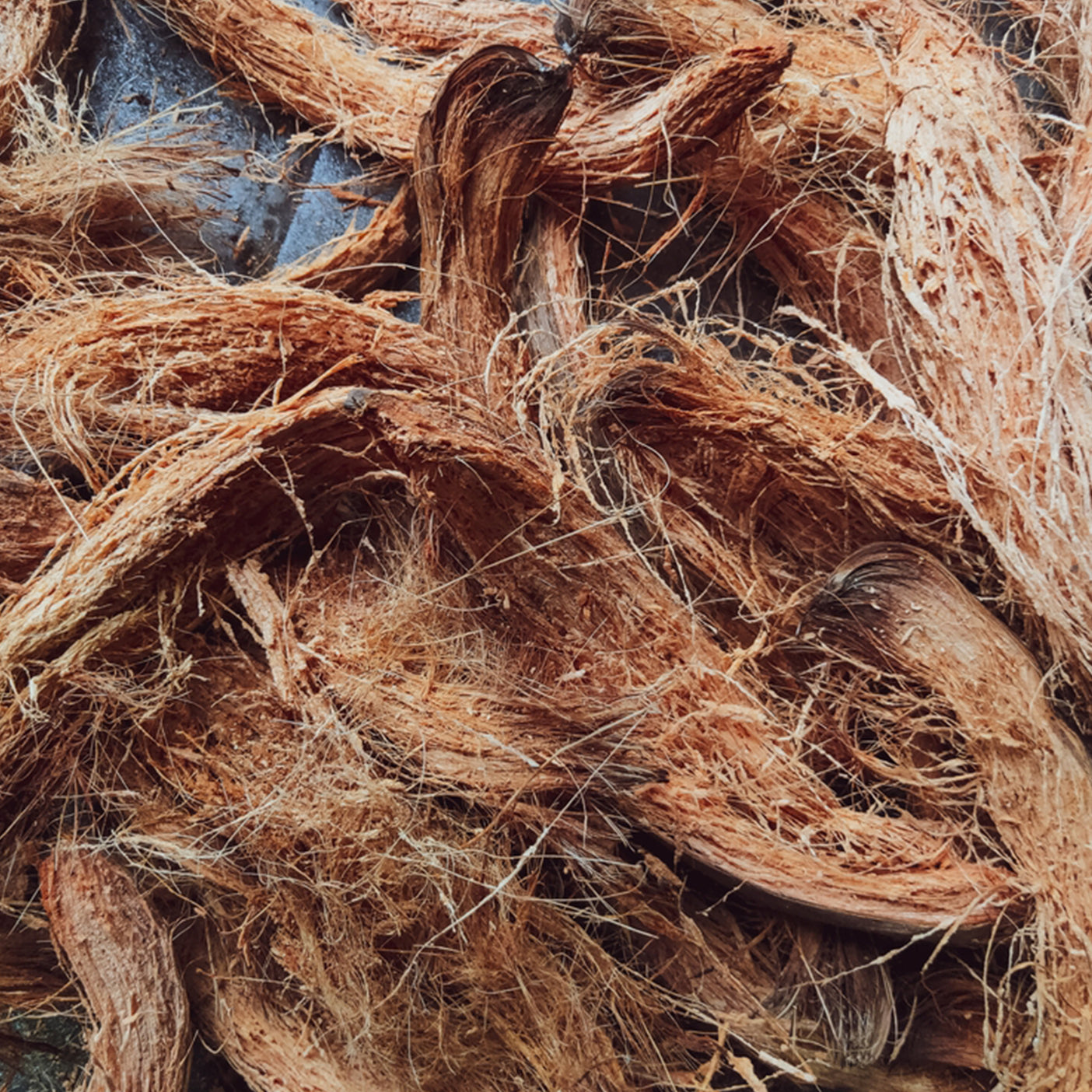


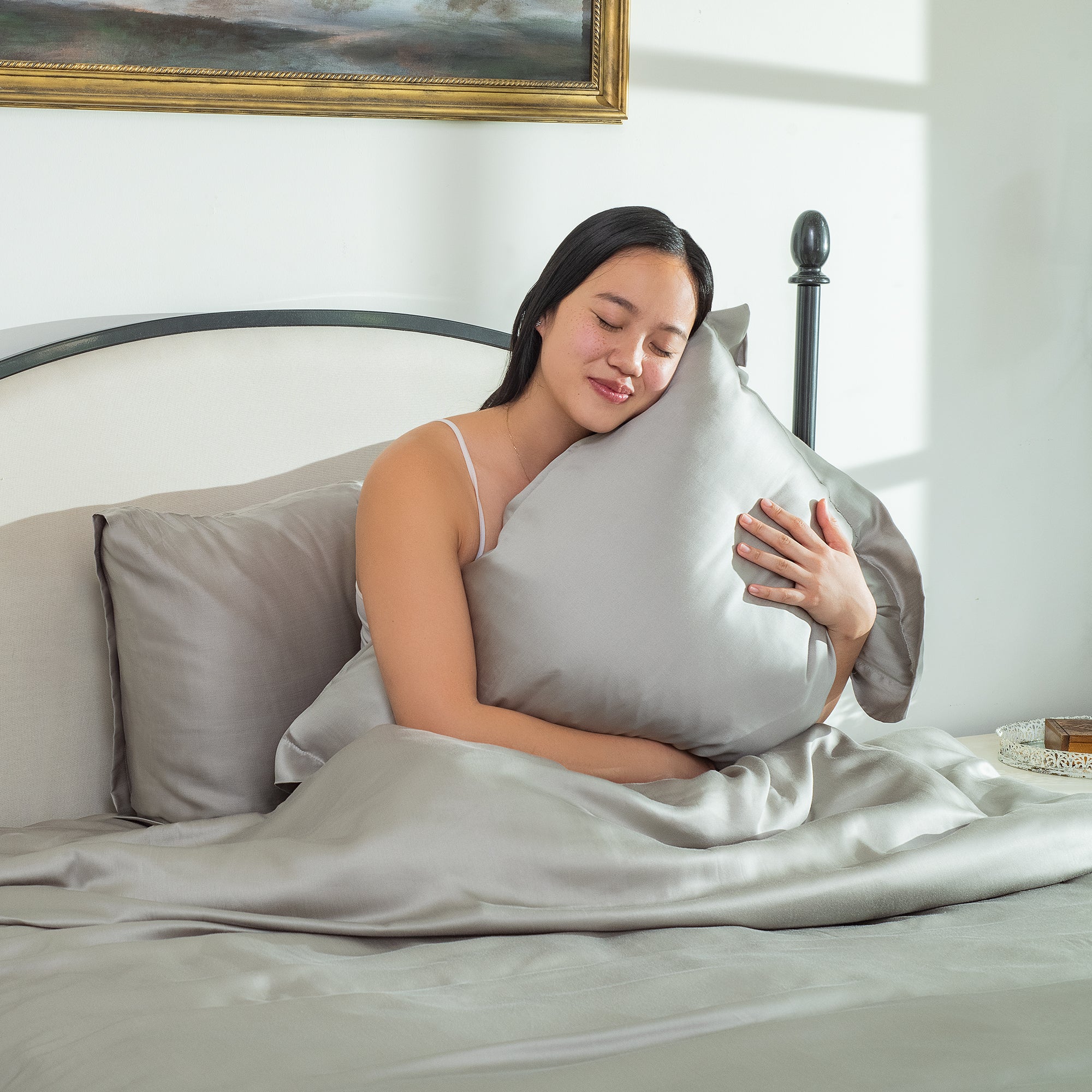
Leave a comment